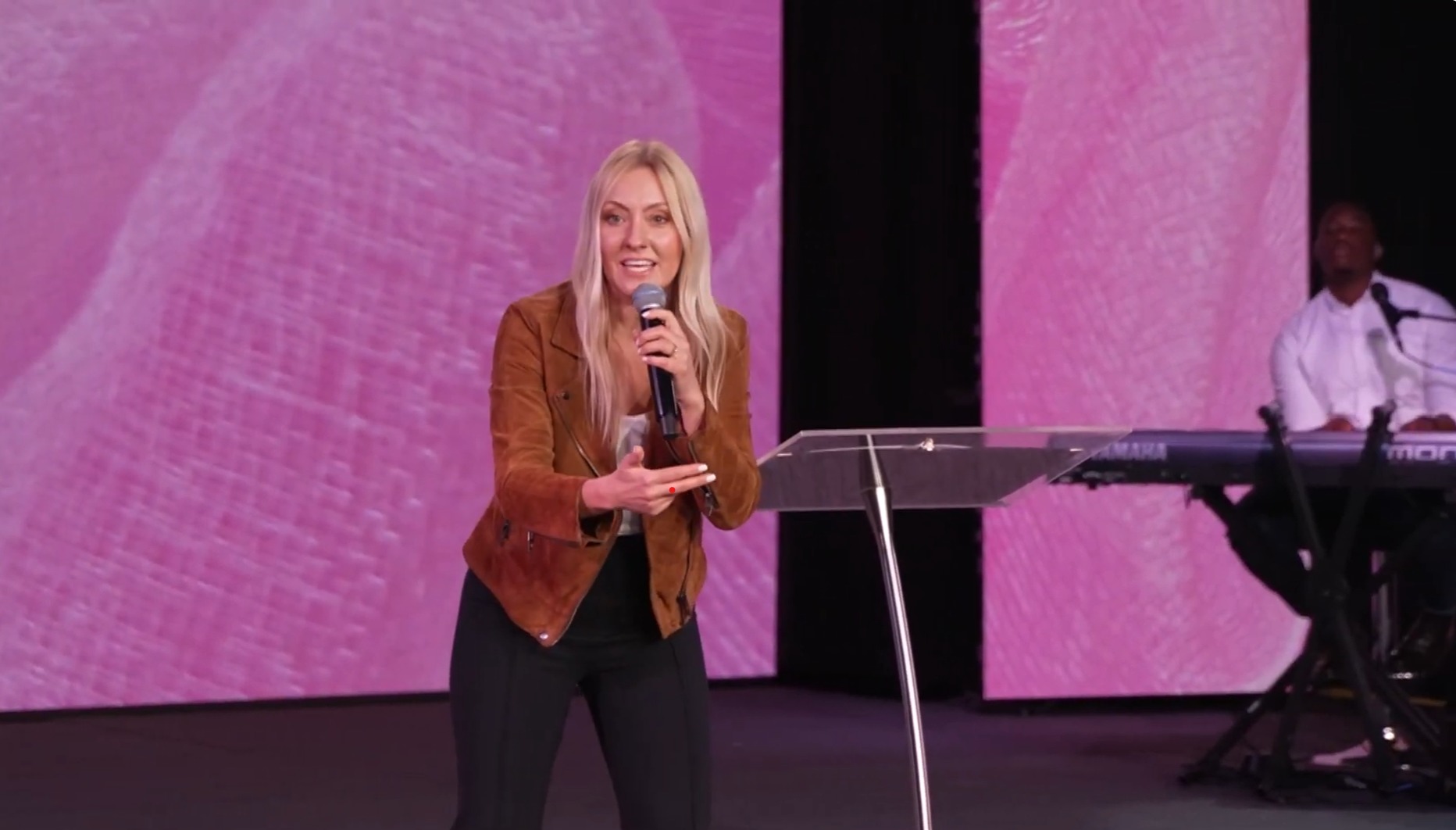It just took one winter experience for some drivers of electric vehicles (EV) to find out their cars do have performance issues when inclement weather strikes.
The cold hard truth was on full display in the Chicago area this week after dozens of EV drivers reportedly lined up to charge their vehicles in Oak Brook, Illinois in the bitterly cold temps, according to WFLD-TV.
“Nothing. No juice. Still on zero percent,” said Tyler Beard, who told the outlet he had been trying to recharge his Tesla at an Oak Brook Tesla supercharging station since Sunday afternoon. “And this is like three hours being out here after being out here three hours yesterday.”
The scene at the charging station was duplicated at other charging stations around the Chicago area that also saw long lines and abandoned cars as temperatures dropped below zero.
“This is crazy. It’s a disaster. Seriously,” Tesla owner Chalis Mizelle told WFLD. After finding out her car would not charge, Mizelle had to leave her EV and have a friend pick her up.
“We got a bunch of dead robots out here,” one unidentified man said.
Tesla did not respond to requests for comment from a number of media outlets. But the manufacturer’s website recommends, “Leaving your vehicle plugged in whenever possible and keeping the charge level above 20% when not plugged in will reduce the impact of cold temperatures.”
Tesla also says it’s normal to see an energy consumption increase because its vehicles use more energy in cold weather to heat the battery and cabin.
***Please sign up for CBN Newsletters to ensure you keep receiving the latest news from a distinctly Christian perspective.***
 The Biden administration has pushed EVs as a part of its climate agenda, and one of the organizations that promote EVs even suggested that stories about diminished EV performance, especially battery performance in cold weather are simply “myths” or “misconceptions,” according to The Daily Signal.
The Biden administration has pushed EVs as a part of its climate agenda, and one of the organizations that promote EVs even suggested that stories about diminished EV performance, especially battery performance in cold weather are simply “myths” or “misconceptions,” according to The Daily Signal.
However, EV owners have discovered cold temperatures reduce their vehicle’s driving range. Fully electric vehicles, which run exclusively on battery packs, typically lose an average of 41% of their range when outdoor temperatures drop to 20 degrees Fahrenheit and the heat’s cranked on, AAA researchers found, according to NBC News.
Tests conducted in Norway, where nearly 80% of new vehicles are electric, found that EVs lose between 10% and 36% of their range during winter.
Mark Bilek of the Chicago Auto Trade Association told WFLD that EV drivers need to remember to “hit their preconditioning button before they charge their battery.”
“It’s not plug and go. You have to precondition the battery, meaning that you have to get the battery up to the optimal temperature to accept a fast charge,” Bilek said.
Brandon Welbourne told Fox News he was stranded for hours after only one stall was available at a charging station at Evergreen Park. Several drivers used the charger, he said, and his vehicle took much longer to charge.
“Oh, man, and it was… taking extra long to charge… you’re supposed to precondition your battery when you’re on your way to the charger so it charges faster. Well, when you’re sitting in the cold and you’re waiting two, three, four or five hours like me, you can’t precondition it, so it’s like a double-edged sword. Not only are there no chargers available, it’s taking longer to charge,” he explained.
The Biden administration has earmarked $7.5 billion for a nationwide charging network. It also wants EVs to be 50% of new vehicle sales by 2030, according to The Daily Signal.
EV Market Faltering?
At the moment, the EV market appears to be slowing. The sales pace for EVs is falling well short of the industry’s ambitious timetable for transitioning away from combustion engines.
Though electric vehicle sales are nearing an annual record of over 1 million this year, their year-over-year growth rate has begun to stall. EVs still account for only about 7% of all U.S. auto sales. Some automakers are cutting EV production and scaling down plans for new battery or assembly plants.
Surveys show that consumers remain uneasy about either the availability of charging stations or the sale prices of EVs — even factoring in tax credits that the federal government makes available for EV purchases in many cases.
Some consumers have turned to the gas-electric hybrid, which alternates from gas to battery power to maximize efficiency. In 2023, Americans bought a record 1 million-plus hybrids — up 76% from the same period last year, according to Edmunds.com.
“I have a fear of plugging something in and not being able to travel as far, because it’s a 16-hour road trip from Delaware to Missouri,” Angie Rodesky, 55, told the Associated Press. “I needed to make sure I had a vehicle that was comfortable to ride in and had good gas mileage.”
“Your standard hybrid makes the most sense to most people,” said Ivan Drury, a director at the Edmunds.com auto website. “I think you’ll find that people don’t want to deal with the hassle or the difficulties of charging.”




























![[Video] More – Aghogho » GospelHotspot](https://gospelhotspot.net/wp-content/uploads/2024/04/More-Aghogho.jpeg)
















